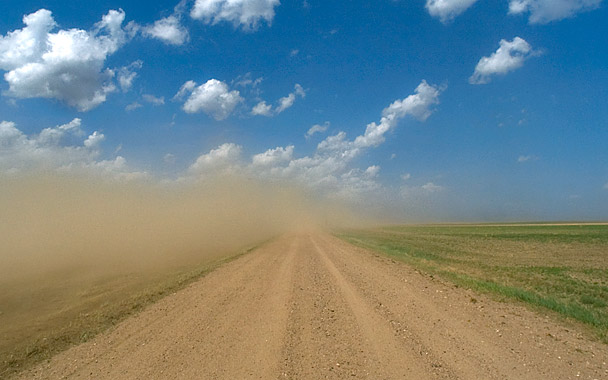Late last month the U.S. District Court of Appeals in Washington ruled that the EPA was correct in 2006 when it imposed rules that held rural areas to the same air standards as urban areas for “coarse particulate matter,” otherwise known as dust. The court said that the EPA had provided evidence showing that farm dust “likely is not safe.”
The decision brought howls of outrage from agricultural industry groups, which had challenged the EPA ruling, and from farm-state legislators. The American Farm Bureau Federation complained that “farmers and ranchers could face additional and unwarranted regulations.” Livestock industry associations seem particularly concerned about the ruling: The National Pork Producers Council said that “it simply is inappropriate to treat the naturally occurring emissions from an animal agricultural operation in the same manner as emissions from power plants or refineries.”
Inappropriate, perhaps, but not in the way the council intends. A 2006 study conducted for the government of Michigan found that industrial-scale hog operations not only spewed out ammonia, hydrogen sulfide, methane, and other gases, but their particulate emissions (which can enter the air as dust when manure is disposed of on fields) included “fecal matter, feed materials, skin cells, and products of microbial degradation of feces and urine.” Power plants and refineries don’t pump those compounds into the air we breathe.
Speaking out in defense of agri-dust, Sen. Chuck Grassley (R-IA) told the Associated Press, “It’s such a non-commonsense idea that you can keep dust within a property line when the wind blows. . . .after all, God decides when the wind blows.”
But farmers have a lot to do with what’s blowing in it.




 Pinterest
Pinterest


